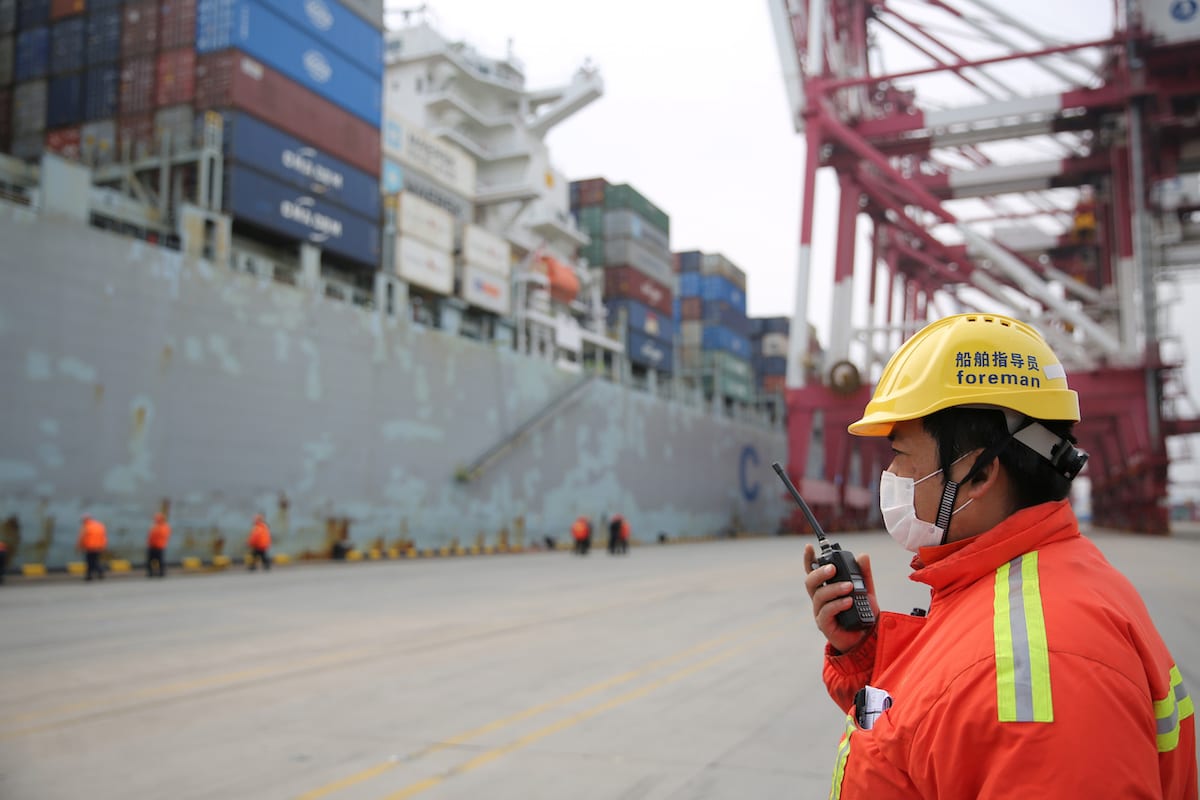The spread of the Omicron coronavirus variant is a new topic of tension in the maritime shipping industry. It could deal another blow to supply chains
The worldwide traffic congestion in the transportation bottlenecks will either continue or revive with 2022. If bottlenecks persist, freight costs will remain high. Cargo on ships will limited and retailers and manufacturers will have to endure chronic delays. As a result, problems in the supply chain may persist. And the consolidation of maritime networks may speed up, changing world trade.
In Europe, pre-Christmas lockdowns and more restrictions in others have shaken confidence. Observers are looking at China. China expected to double down on its ‘zero-COVID’ policy. Which has in the past included mass lockdowns of entire cities, mandatory quarantines and stringent controls at ports. The aim is to monitor ships and cargo to prevent cases from coming in. China hosts seven of the 10 largest container ports, especially Shanghai. Following a national zero-COVID-19 policy, Beijing quarantined Xi’an, a central city of 13 million, in December.

HongKong has banned passenger flights from eight countries, including the United States. And the city of Ningbo closed last week in response to new coronavirus cases.
For global trade in 2022, the most important factor in whether ocean liners will be on reliable ground like pre-pandemic . Another factor will be the strength of consumer goods demand. About 60% of spending by consumer goes to goods and the rest to services. But, this rate increased to 65%. As a result, US imports rose almost 20% in September and October 2021 compared to the same months in 2019.
Demand for container shipping tends to rise in the weeks before the Chinese new year. (early February this year) All factories are temporarily closed and exports are down.
Another issue is that container prices have increased 10 times more than before the pandemic. Shipping costs will continue to rise this year. And high spot market rates locked into annual freight contracts. Other customers say fearmongering appears more like a bargaining strategy by shippers. They amid possible shipping chaos this year.
Also, the lack of investment in new ships before the pandemic and the tightening of emission regulations are signs that the existing high rates will continue.
And the expectation that the world will have to learn to live with high freight rates. It has sparked discussion of the link between shipping costs and inflation. Industry executives say that even when costs multiplied by 10, it’s still a tiny fraction of the price a consumer pays for a product. But a UN report in November predicted a 1.5% increase in global inflation due to shipping. And even more for lower-value items such as furniture and high-tech products.

Omicron Surge also makes Crew changes difficult in cargo ports.
Only a quarter of seafarers vaccinated. This creates new barriers to travel between countries. Also restricting crew retention and movement on board. Transitions from seafarers refusing to return to ships are accelerating. They have driven by the lure of higher wages, into different sectors of the transport industry. Logistics companies around the world understaffed as Omicron infections increase. And governments tighten restrictions.
According to maritime research consultancy Drewry; “2022 is shaping up to be another year of serious disruption, severe disruption under supply and excessive costs for cargo owners”.
As a result, the Omicron variant expected to increase the existing operational disruption. And serve to expand spending behavior caused by the pandemic. This points to continued high pressure on supply chains and the possibility of continued unforeseen operational disruptions. The timeline for a return to normal pushed further back by Omicron.
It should also noted that COVID is mutating. Omicron is one of thousands of mutations that have already discovered. So, we are likely to see even more variants emerge in the future. So, their impact will again depend on the political responses of the countries as well as the behavioral response of the consumers.







